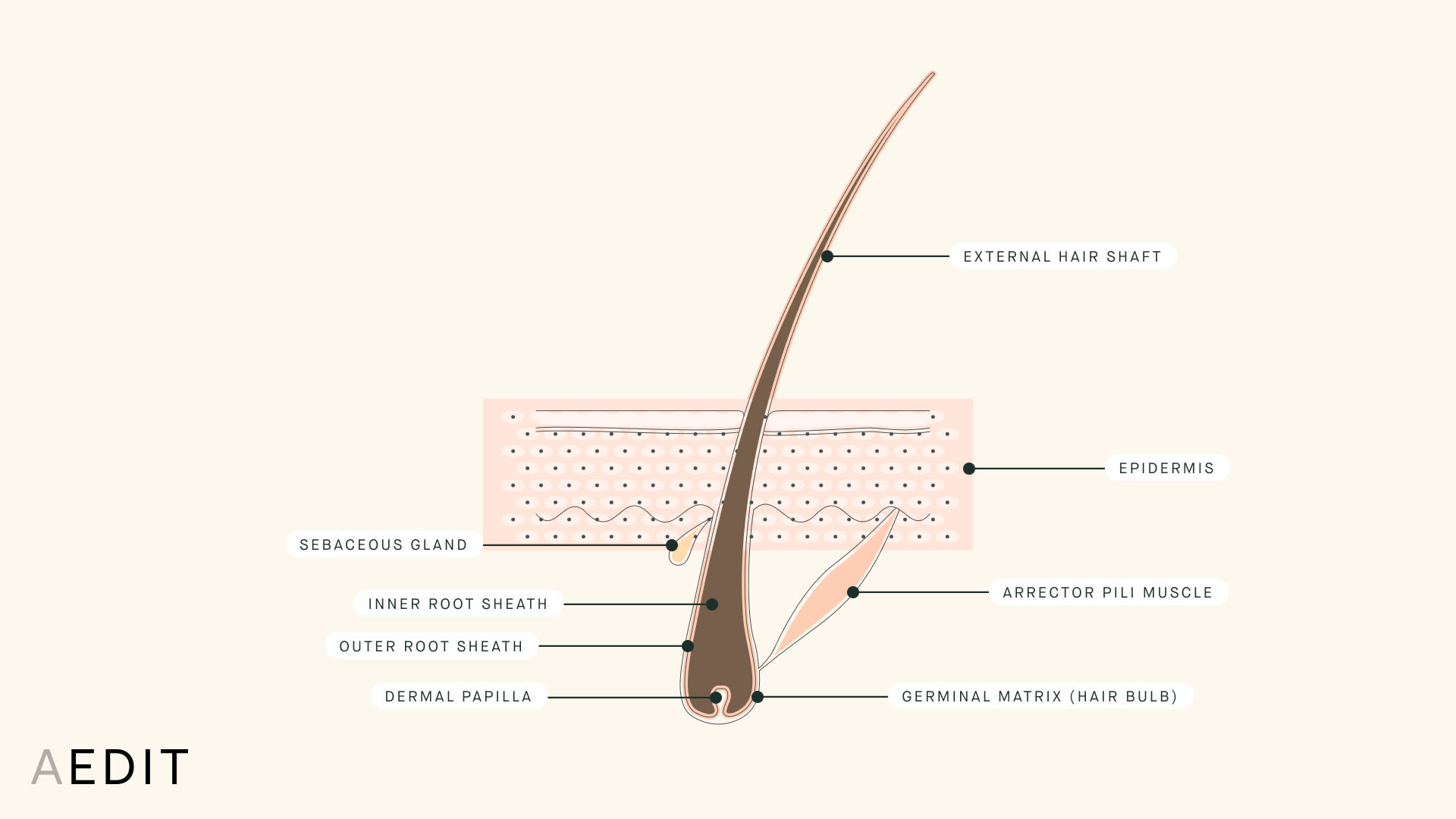
The Skinny
Unwanted hair — be it underarm hair, facial hair, body hair, and hair growth along the bikini line — can be frustrating and undesirable (learn more in our complete guide to Unwanted Hair Concerns). The American Society of Plastic Surgeons (ASPS) 2018 Statistics Report cited laser hair removal as one of the top five minimally invasive procedures with about one million occurrences. While shaving cream, electric shavers, or even a trusty Gillette may help to alleviate some of this unwanted hair, more permanent hair removal methods can temporarily or completely eliminate the need for any of the above.
AEDIT
Before & After Images by Provider
Before & After Images by Provider
Hair Removal Solutions
The Specifics
Who might consider hair removal treatments?
Any individual with unwanted facial or body hair, or excessive hair growth is a potential candidate for hair removal. Women with high contrast between their skin color and hair color may consider professional treatments. Certain genetic conditions like hirsutism and hypertrichosis can cause unwanted and excessive hair. Hirsutism is a common condition characterized by male-pattern like hair growth (face, chest, and back) on females. Hypertrichosis is rare and can be localized areas or full body highly excessive hair growth.
The Anatomy of a Hair Follicle

What can you expect from hair removal procedures?
Hair removal procedures can vary from being performed in your shower to a medical office. Most procedures are minimally invasive. The most invasive solutions will not cause a significant impact on quality of life for more than a few weeks and are able to provide lasting results.
When should you consider hair removal?
Certain procedures require unwanted hair to be at least a specified length to be effective. In general, candidates should abstain from most hair removal methods for at least one week (sometimes more) prior to a procedure to limit skin sensitivity and risk of infection.
Why should you consider hair removal treatments?
If your daily shaving ritual is taking up a little (or a lot) more time than you’d like, a semi permanent or permanent hair removal procedure can get those precious minutes back to be used for something more enjoyable. Most procedures are minimally invasive with significant results.
Professional Hair Removal Treatments
Hair removal treatments are a regular part of most people’s lives, but more permanent professional procedures are minimally invasive and can provide weeks to months of freedom from unwanted hair.
At-Home Hair Removal Treatments
At-home treatments include the classic razor and shaving cream, semi-permanent hair removal gels and creams (like topical eflornithine) and also certain oral medications. Combination birth control pills and certain antiandrogens (like spironolactone) are commonly utilized to treat excessive hair growth. These medications must be prescribed and managed by a medical professional.
The Takeaway
Various hair removal methods and hair removal tools exist to help eliminate excessive and unwanted hair. Genetic conditions affecting hair-growth patterns and excessive facial hair, underarm hair, body hair, or bikini area hair can be safely and effectively addressed with minimally invasive procedures. It might just be time to throw out the shaving cream.






